Chorus intrigued me when it was first announced, and then — silence. Once we finally got a press preview (including a bit of the game itself), I was left feeling cold. Perhaps I should have listened to those memories, not even months old, instead of stepping forth to review it. The full Chorus experience barely warmed me up.
The story of the game centers around a girl and her spaceship. Nara is an Elder, a top-tier magical fighter pilot for Circle, a space cult. She and her AI fighter, Forsaken, have won great victories for it. But when Nara opened a bleeding gap in reality on Nimika Prime as punishment and sent a billion souls to oblivion, she had a brief “are we the baddies” moment and ran. Seven years later, working as a scavenger for the independent Enclave, she sees Circle assault her new home. Nara must fight back, and to do that, she need both her mystical Rites and Forsaken back.
Go in Chorus
There, I saved you from having to watch the overly long intro into Chorus. The game lacks all grace when it comes to pacing and storytelling, just how it lacks roll controls — a bizarre choice for a space fighter game. The narrative isn’t convoluted or swaddled in suffocating layers of deep lore, though. It’s actually very basic and delivered in the least interesting ways.
But that’s neither here nor there when talking about a space fighter game, because the main thrust of it would be fighting in the interplanetary void, right? And it mostly is, despite how bizarre having no roll controls in a fighting game built around flying is. At the very least, you can do effortless barrel rolls with a simple push of A or D.
What might explain such lack of control fidelity is the existence of Rites. Outside the basic Senses, one of which Nara starts with after burning the others out, they all have to do with combat maneuvering. Drifting is the first one she re-learns, and it allows you to do just that. There’s no air or friction in space to prevent drifting, only how many G-forces can your flesh and metal components withstand. Most games forgo that in favor of using an approximation of aerial duels, so drift is the closest you get to the more realistic arts of fighting in a vacuum.
Chorus mostly expects you to use it for drive-by puzzles, as it lets the Forsaken pivot on the spot without changing course. There’s even a type of enemy capital ship that has very vulnerable radiators on the bottom you’re likely expected to drift strafe. But they left the ends of the radiator trench open, so I opted for a regular strafe.
So you could say that drifting, which activates instantaneously without any costs in energy or cooldowns, is a partial replacement for roll. However, a bigger argument against such aerial maneuvering would be the existence of Rite of the Hunt, which is essentially the jump button. While it’s used in some puzzles in the game, in battle, it teleports you behind the enemy closest to your aiming reticle. Smash that LMB to blast them out of the sky, no finesse needed.
However, jumping costs energy, and by the end of the game, the combat encounters will become so obnoxious that you’ll either use some later Rites to deal with their peculiarities, or end up fighting capital ships that just hang in one spot.
Getting better at being mediocre
As you progress in the game and explore the open maps, you will have chances to upgrade your powers by finding Rite Aspects in the field. They can be rather important and transformative, such as Rite of the Storm turning into a chain lightning, or overcharging your shields by the amount stripped from the enemy.
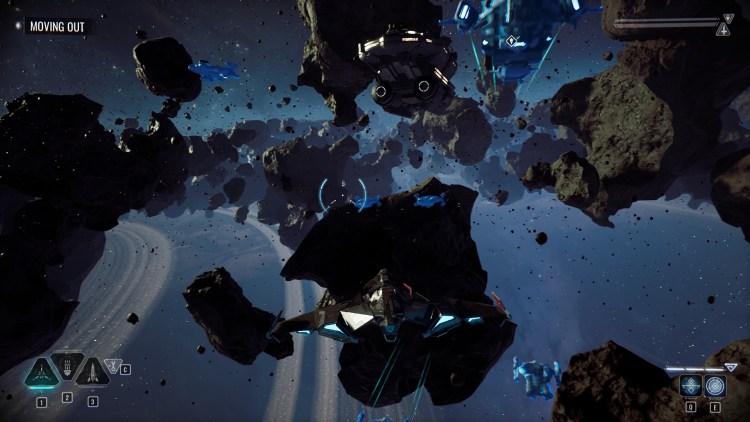
Rite of Sense has two modes. A simple push scans the area for loot, enemies, and stuff immediately pertaining to your quest. Holding it and releasing scans the area for new quests and points of interest.
But before we discuss our foes, let us turn our gaze to our weapons. Forsaken can switch between a Gatling gun, a laser, and a missile launcher on the fly. Technically, they’re meant for different circumstances. The Gatling gun is good for health, but poor against shields and armor (aka The Other Health). Lasers strip down shields majestically, but they have poor rate of fire, and you need to aim carefully. Missiles are theoretically good against both health and armor, but their slow travel speed and lack of lock-on means that they’re only a danger to targets big enough to have armor and stationary turrets.
In practice, the more Rites you gain, the less likely you’ll use guns other than the Gatling, especially as the Rite of the storms — more like Rite of Zapping Them With A Big Ol’ Lightning — strips shields immediately and sends the enemy ships into an uncontrollable tumble, which can result in amusing fatal crashes.
Oh. and unlike the mysterious Rite upgrades, the weapons and modifications (you can equip three of those at the same time) usually follow the model of “newer is better.” And with modifications, it’s mostly boring stuff like increasing damage, speed, or Gatling damage to shields by a percentage. Something that somewhat approaches transformative upgrades come in the form of sets where you use two or fourpieces of equipment with same tag. But even then, those are so weak, they aren’t worth the effort.
So in conclusion, Chorus is a magical space game with less actual magical wonder than Destiny, the reigning champion of “Magical Space Games With Gameplay Absolutely Unable to Cash the Checks the Lore Is Writing.”
Fighting cultists… IN SPAACE!
This extends very heavily to the enemies you encounter. Essentially, there are three types, and they might get updated as the game goes along. First, you have dinky little fighters, not much more than Gatling chow. Then you get fighters with shields, which remind you that the laser also exists. The last category is the annoying armor chonkers, which can get an invincible directional shield when stationary. Only fight them when they’re mobile to save yourself the effort.
Visually speaking, these enemies demonstrate Chorus at its most creative bankrupt. Not only are they boring, they’re terrible visually. Their models and skin feel like something that would appear in a mobile bullet hell game — bright yellow cockpits of flat planes of glass, a handful of polygons to provide a space fighter-like shape, and two colors: black for metal, and about a few large spots reminiscent of an early 2000s RTS game for faction color. The Chorus devs must think that it’s not at all jarring to put them and the fully fleshed out PC game protagonist ship Forsaken in the same close up shot in a cutscene.
So those are the Circle’s ships. What about Pirates? Oh, they get the same ships, but with neon green instead of red, and maybe some spikes added so as not to stand out in a cybergoth rave. At least when the Faceless (the void demons the Circle venerates) entities show up, they have the decency to fly some crystal mashup nonsense with a few specialties of their own.
But what about your allies and civilians? Well, those are proof that Chorus devs read the TV Tropes article for Standard Human Spaceship and went “I don’t get it.” Allies fly all sorts of Star Trek Federation rejects and knockoffs, all colored grey and pale green. The combat ones might have toothpaste green stylings to show faction colors. Any ally that’s supposed to be fast and dangerous flies a Streamline Moderne RV with jet engines — every last one of them.

They could have at least given the largest civvie ships distinct names rather than having two freighters named “Nejet” in a single shot.
Incidentally, one side mission has you find a ship corrupted by Faceless energies, and it’s hundreds of years old, predating the circle. It’s still the same RV.
Space Mansions from Hell
But the “we tried nothing and we’re all out of options” design doesn’t end there. Art thou familiar with the works of one Dahir Insaat? It’s an engineering company founded by a Russian engineer enlightened by his own engineering intelligence and completely unmoored from reality. One of his proposals is a drive-in supermarket; that is, you drive around the aisles in your car and pick up groceries by flailing outside your window.
This idea is 100% embraced by the world of Chorus, but for space ships. It has created a setting where people rarely step outside of the damn things. All the meetings happen by everyone flying to a single spot. Any important station interior is accessible via space ship. The huge Circle battleships are also curiously full of empty spaces for fighters to fly around in. There are terminals that you can hack by flying close with a ship.
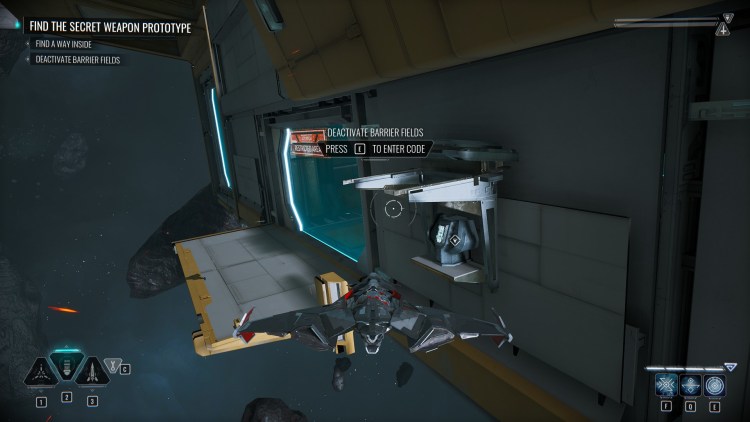
Personally, I question the wisdom of having discrete terminals that you have to fly your ship next to like you were ordering a burger and fries at a drive-through
I guess this helped save on animation budget, as only Nara and the Great Prophet have actual bodies, and Nara only appears outside the ship in the dream realm cutscenes where she overcomes some inner weakness to claim a rite.
Outside of this bonkers idea, the Chorus space stations are the most boring stuff a man could still put in a space game. There’s some attempt made into making the space look inhabitable, with some civie ships flying to and fro, but you can’t interact with them outside of crashing into them. Even the stations and installations themselves are just a mix of grey and sometimes yellow rectangles with some holographic ads to spruce them up.
This is a game about fighting a literal magical cult as a magically guided space fighter pilot. Why doesn’t it look like it?
Genesis Rising had a whole weird pseudo-Christian cult with living space ships and fleshy stations that had faces, and while the enemies in that game where just Standard Human Spaceships, it demonstrated a taste of weirdness and originality that Chorus cannot match. Instead, the spaceship-enabled entrance to the most holy site of the cult where the Great Prophet conducted a ritual via space fighters has a huge hologram proclaiming “ATTENTION! Restricted area” as if I was entering a warehouse.
I expected something more like Warhammer 40,000, that would lean into the weirdness and really go buckwild with the concept of a magical future space cult. And sure, someone could say “oh, cathedrals and fabric flags are trite,” but they’d be immediately wrong, as Chorus did not attempt to do anything original. It’s a game that, in 2021, reminds me slightly of Freelancer, yet is inferior to the decades older title in all regards.
Let’s cut this short
And the most frustrating thing about it is not that I had to put over ten hours into this stinker, but that the story had some potential. Sure, it is undermined by pacing, lack of characterization, clunky writing, and only has maybe four unique character portraits. But there is a kernel of idea there, in Nara’s fight to face and accept her path in order to reach Chorus, the mystical state of harmony that the Circle and the Great Prophet seek but fail to grasp due to their own failings.

You’re not quoting anyone, you’re not being funny about it, why are you using quotation marks, those are literal Faceless energies aaaaaaaargh
Then you notice quotation marks put around words and terms in a way no English speaker would ever do, and then the clumsiness of it all immediately makes more sense.
In the end, Chorus isn’t an abject failure mainly because it’s a relatively stable game, only freezing dead in some dramatic zoom-ins. It’s a mixture of bizarre gameplay design choices, a lack of imagination, and people not realizing that game-ready spaceship models are dime-a-dozen on CGTrader. It’s like anti-ECHO, a game about a girl and her AI that was built entirely around a single character model and a few endlessly reskinned terrain tiles that I wrote five review pieces on simply to tell the world about the sheer craftsmanship that went into its making. That was a relentless display of sheer creativity and drive. Chorus is closer to posting guess_ill_die.jpg without even cropping the iFunny bar.

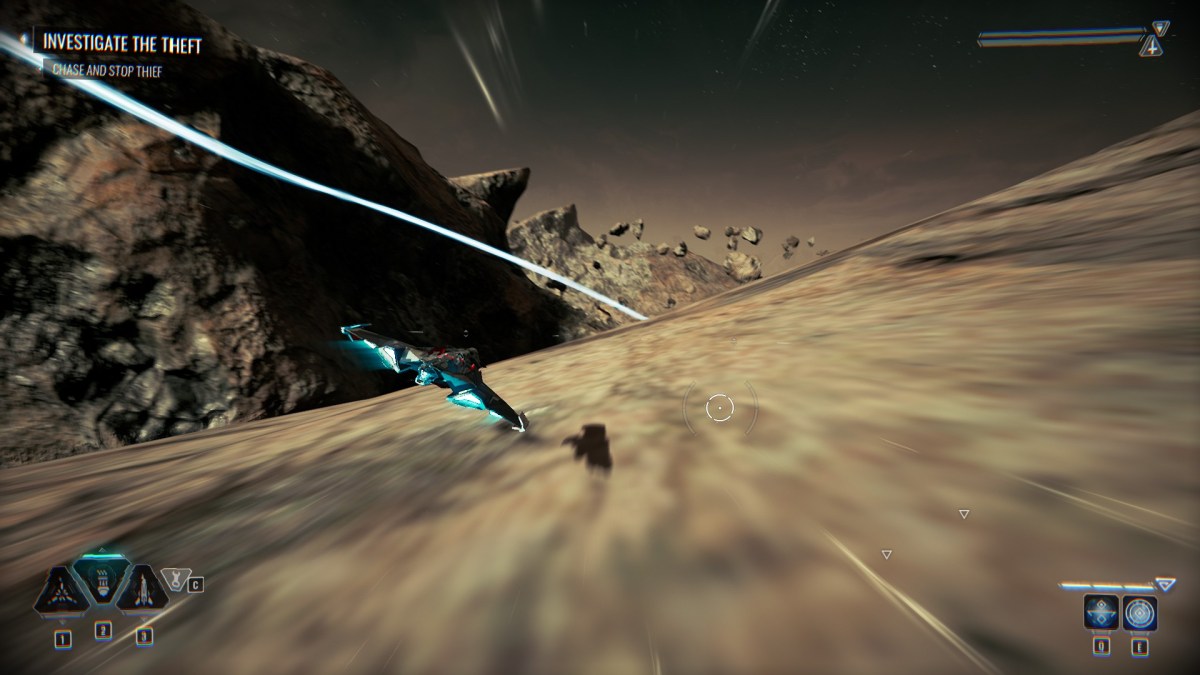
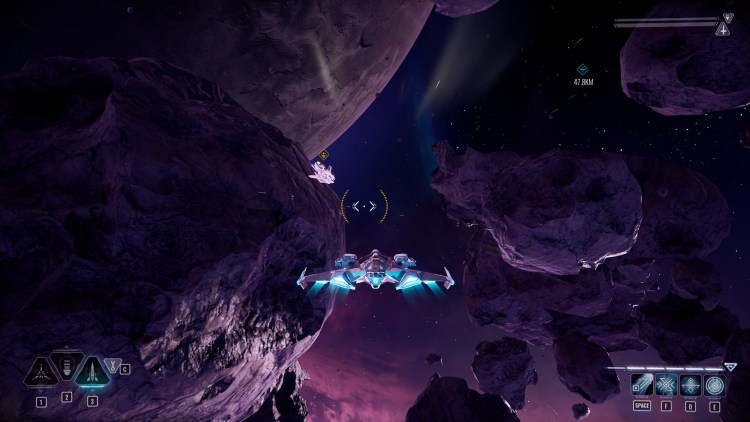
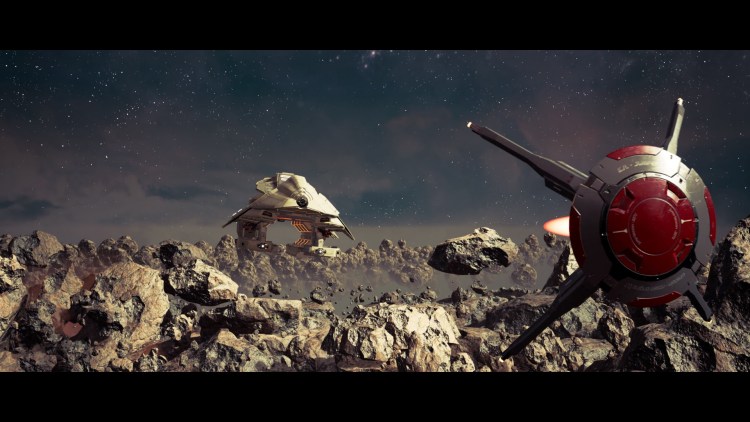
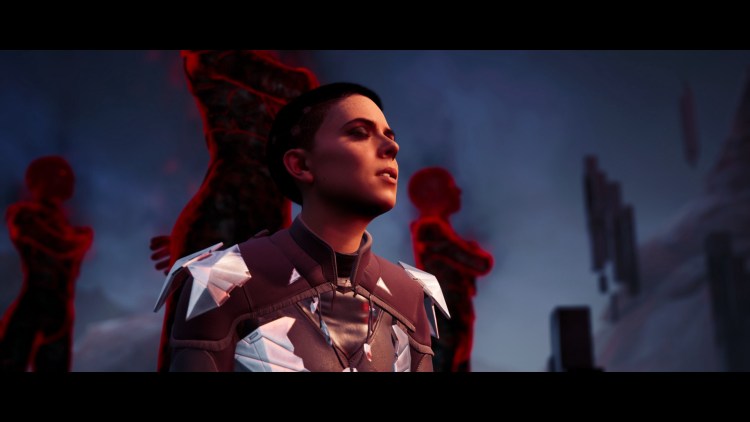
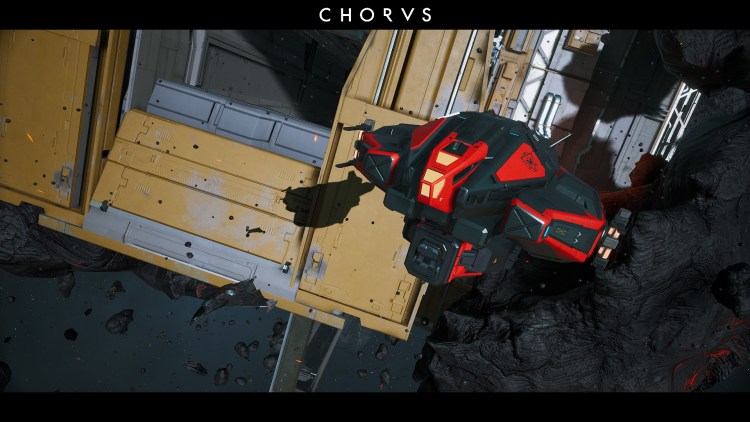
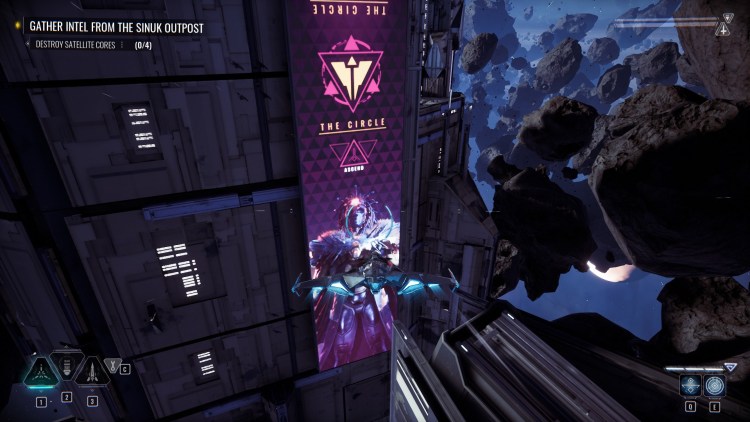




Published: Dec 3, 2021 10:00 am